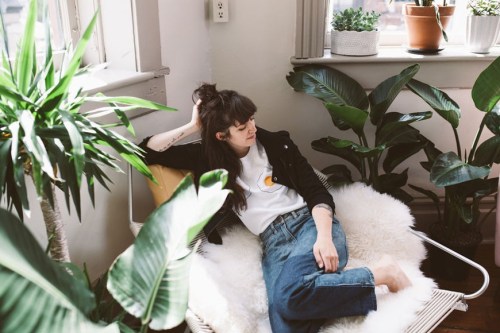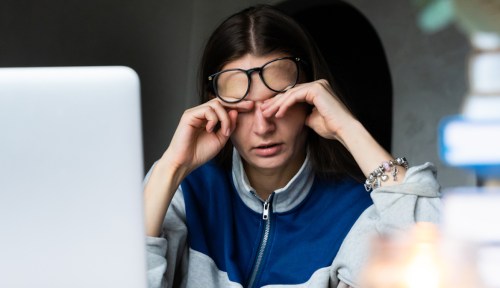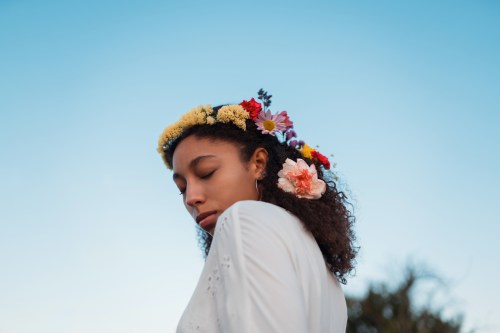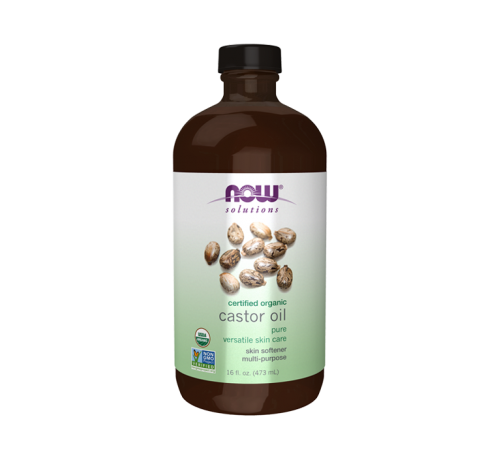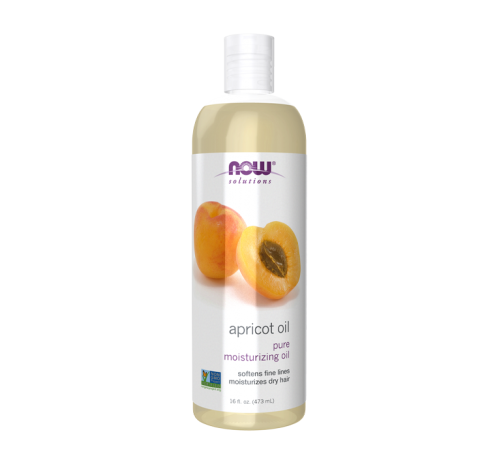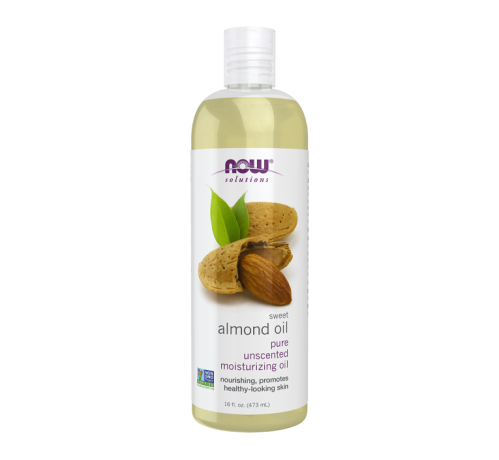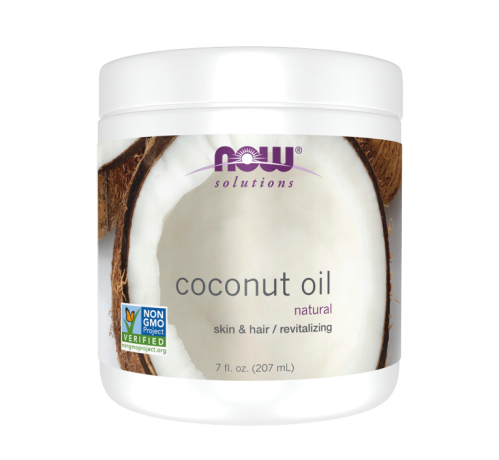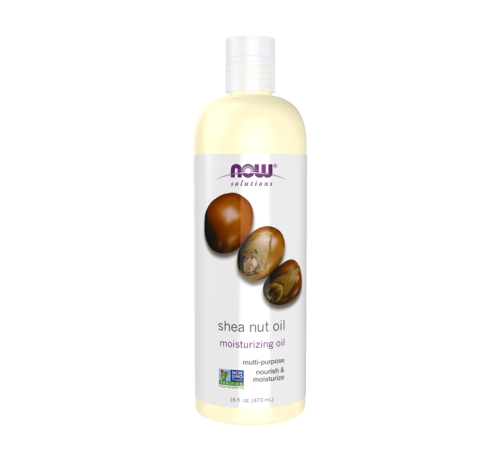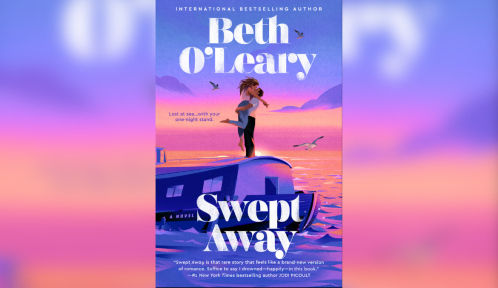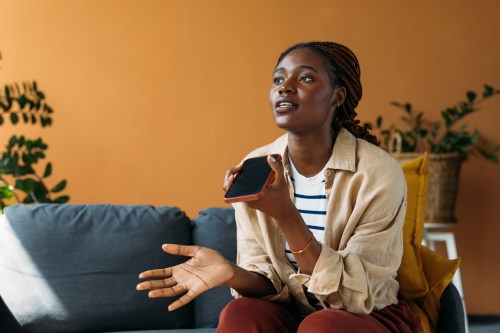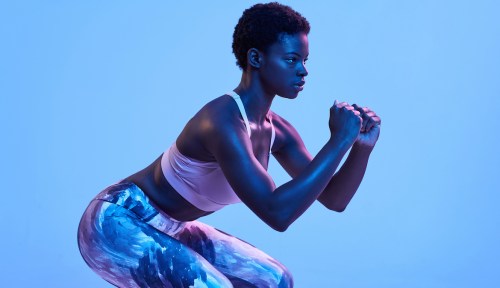Our editors independently select these products. Making a purchase through our links may earn Well+Good a commission
This week on The Plus Factor, we’re all about growth—of greenery. More specifically, why is everyone so obsessed with making their homes so blooming gorgeous? It goes way beyond aesthetics—there’s actually a deeper meaning behind all those “plant lady is the new cat lady” memes.
It started with the succulent: The plant kingdom’s first bona fide social media star. Then there were terrariums, the mossy, intricate fairylands few of us could keep alive. Next up, the gorgeously architectural fiddle-leaf fig, without which any aspirational home interior photo suddenly looked bald. And when that branchy influencer’s 15 minutes had passed? The cute (and fun to say) pilea peperomioide, a Chinese native with distinctive disc-shaped foliage, stole the show.
Yet while our Instagram flora fetishes may be fickle, we’ve become committed plant lovers. A 2016 National Garden Survey concluded that of the 6 million people who had taken up gardening that year—both indoors and out—5 million were millennials. And some of us have taken our #plantproblems to such extremes that we practically need machetes and pith helmets to enter our apartments. Proof? Take a gander at @homesteadbrooklyn by Brooklyn garden goddess Summer Rayne Oakes and @thejungalow by Justina Blakeney, as well as a couple of top “plant ladies” who happen to be male: @hiltoncarter and @jamies_jungle, to name just a few.
A 2016 National Garden Survey concluded that of the 6 million people who had taken up gardening that year—both indoors and out—5 million were millennials.
Why this sudden plant mania? Alice Vincent, a writer whose obsession with attempting—and sometimes failing—to green up her London balcony evolved into a popular gardening column for London’s Sunday Telegraph, the book How To Grow Stuff, and an Insta following (@noughticulture) of more than 10,000, speculates that it’s a confluence of factors.
“We haven’t seen plant popularity on this scale since the 1970s,” she says, “so it’s high time they were due a resurgence. People are also increasingly keen to connect with plants, whether it’s veganism or using a bamboo toothbrush. But mostly, people are realizing that houseplants are an inexpensive, stylish and therapeutic way of bringing nature into their homes. When we all lead such busy, urban lives, that’s a lovely thing.”
Most of us live in cities, drive cars, and spend inordinate amounts of our time staring into lifeless screens. Virtually everything we see and touch as we move through our day is man-made, creating a nature deficit that we seem to be instinctively trying to correct. Plants, countless studies have shown, make us happier and healthier: Spending time near them lowers your blood pressure and heart rate, reduces mental fatigue, and aids concentration; and the simple act of physically touching foliage calms us down. It’s even been discovered that phytoncides, airborne compounds released by trees and plants, can boost the human immune system.
Is it any wonder, as the world stage has grown increasingly fraught, that we’ve turned to growing things? We may not all be able to go forest bathing, but we can all fill our tubs with ferns. And it’s not just the plants themselves that are chilling us out, it’s the dirt they’re sprouting in: Soil bacteria m. vaccae has a drug-like effect on the human brain, boosting levels of serotonin when inhaled. So go on, give that philodendron pot a huff.
Going full-on urban jungle in your home has other major benefits. Indoor air can be just as polluted—if not more so—than the stuff out on the streets: Common building materials and ventilation systems eke out such sinister chemicals as formaldehyde and benzene, as well as heavy metals. Americans spend approximately 90 percent of their time indoors, which is not great news, but greenery can scrub the air of some of these nasties. Take it from NASA. In researching ways to clean the air in space stations, NASA found that certain houseplants—including easy-to-care-for peace lilies and virtually indestructible snake plants—are able to greatly reduce air toxins within 24 hours, acting as natural humidifiers in the process.
“Checking in on my plants every Saturday morning is my form of meditation.” —Eliza Bank, founder of The Sill
Plus, taking care of our photosynthesizing roomies, and becoming attuned to their needs and rhythms, also brings an easy mindfulness. “Checking in on my plants every Saturday morning is my form of meditation,” says Eliza Bank, founder of The Sill, a plant store in lower Manhattan (and online) with more than 250,000 Instagram followers. Her current favorite? “I’m obsessed with calatheas right now,” she says. “They’re often called ‘prayer plants’ because they raise and lower their leaves from day to night as a part of their circadian rhythm. They also have incredible foliage.”
For those who yearn to turn their black thumbs green, Bank suggests starting slow. “We tend to recommend first time plant parents purchase one to three plants that suit their current space, and go from there. You can read every book on plant care possible, but you really learn from experience.” And as Vincent notes, don’t panic if things don’t always look #monsteramonday perfect. “Most people overwater, or panic when a plant does something very normal like, say, has a yellow or crispy leaf. I see a lot of plants struggling for light or humidity, but usually it just needs a couple of small changes to restore it to happiness.”
The best news for the botanically challenged? Studies show that you can reap at least some benefits—such as a reduction in stress—just by looking at pictures of plants. Simply seeing images of these leafy wonders makes us feel better, and more connected to the planet, in some indefinable way. Even if we do nothing more than scroll through endlessly proliferating vegetation-focused hashtags, engage with wildly popular Pinterest searches for house-friendly sprouts, or peruse the shippable green delights available in online nurseries—but never actually click “buy”—we’re bringing ourselves back down to earth a little bit.
But really, isn’t it always better to get some plants?
And if you’re looking to expand your urban jungle, here’s how to make your patio (even more) inviting this summer—and why activated charcoal could be the secret to keeping your brood healthy.
Sign Up for Our Daily Newsletter
Get all the latest in wellness, trends, food, fitness, beauty, and more delivered right to your inbox.
Got it, you've been added to our email list.
